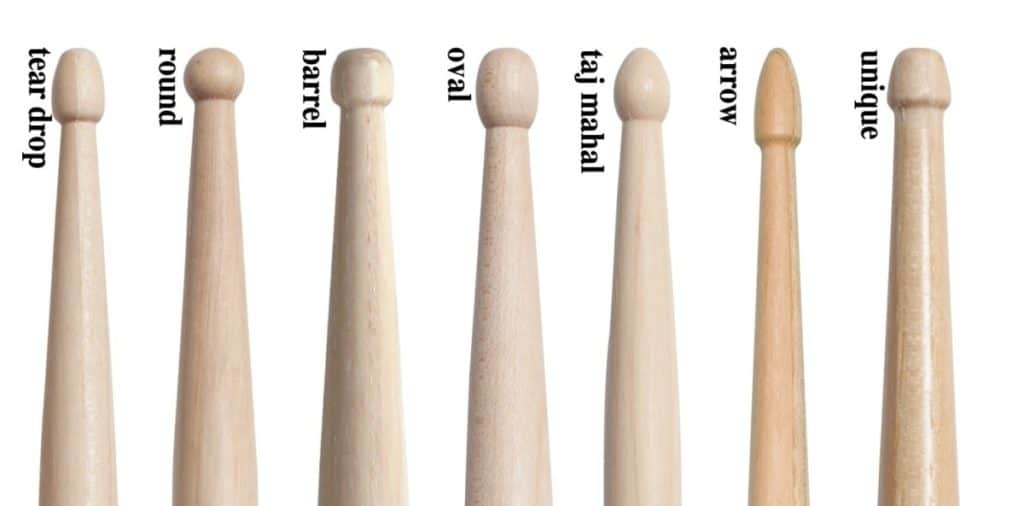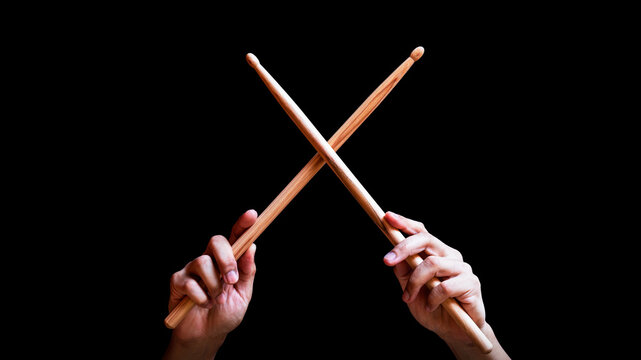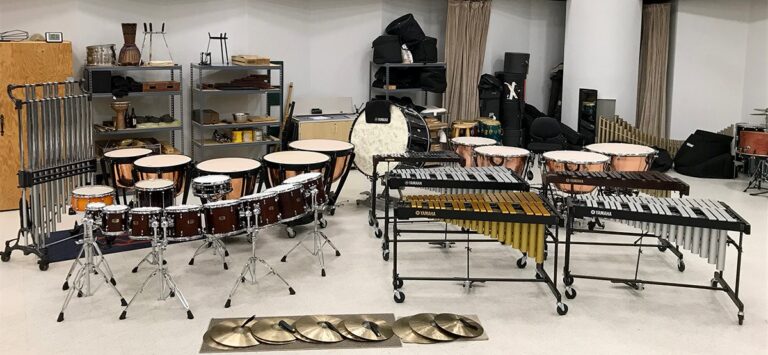Introduction
Drumming is much more than just keeping the beat—it’s an art form, a mode of expression, and for many, a way of life. While drums and the drum kit gets a lot of attention, the humble stick is often overlooked. Yet, the right drum stick can dramatically enhance your performance on stage and in rehearsal, allowing you to produce the sound you envision while playing comfortably. Whether you’re a seasoned drummer or just starting, selecting the perfect sticks is crucial. This guide will help you navigate the process of choosing the perfect drum sticks for your unique playing style.
Understanding Drumsticks

Different Parts of a Drum stick and Their Impact on Playability
To choose the right drum stick, it’s essential to understand its anatomy:
- Tip: The tip of the drum stick impacts the sound produced. Tips come in various shapes such as round, barrel, oval, and teardrop, each offering a different sound dynamic.
- Shoulder: The shoulder is the tapering section between the tip and the main body. A longer taper gives a faster, lighter feel, while a shorter taper provides more power and durability.
- Shaft: The shaft is the main body of the drum stick. Its thickness influences the weight and balance.
- Butt: The butt is the end of the drum stick, often rounded and contributes to the overall balance.
Common Materials Used in Drumstick Construction and Their Attributes
Drum sticks are made from various materials, each offering unique characteristics:
- Hickory: The most common material, known for its resilience and shock absorption.
- Maple: Lighter than hickory, providing faster playing but less durability.
- Oak: Dense and durable, offering less flex but greater longevity.
- Synthetic Materials (e.g., nylon): Often used for tips, providing a brighter sound and increased durability.
Wood vs. Nylon Tips

What Is the Primary Difference Between Wood and Nylon Tips?
When considering whether to use wood or nylon tipped sticks, the primary difference between wood and nylon lies in their sound characteristics and durability. Wood tips produce a warmer, more natural sound and are preferred by many drummers for their traditional feel. However, they are prone to chipping, especially when playing on cymbals. On the other hand, nylon tips deliver a brighter and more articulate sound, particularly on cymbals, and are more durable, resisting wear and tear longer than wood tips. Although, nylon tipped sticks do have the potential to fall off or shatter if overused or mishandled.
The choice between wood and nylon depends on the sound you desire and the type of music you play, along with personal preference for the stick’s feel and longevity.
Identifying Your Playing Style

Detailed Descriptions of Various Playing Styles
- Rock: Requires durable sticks that can withstand heavy hitting. Typically, 5A or 5B sticks are a popular choice.
- Jazz: Emphasizes speed and finesse. Lighter sticks like 7A with smaller tips are often preferred to achieve subtle nuances.
- Metal: Demands power and durability. Heavier sticks like 2B or specialized metal sticks provide the necessary strength.
- Pop: Versatility is key. Medium-weight sticks like 5A work well across various genres.
- Funk/R&B: Requires precision and control. Balanced sticks with a good grip and rebound are ideal.
- Marching Percussion/Rudimental Snare: In marching percussion sticks are specifically designed for a heavier weight and thicker diameter to withstand the rigorous demands of outdoor performance and to produce the powerful sound needed to project in an open environment. It is popular to use stick tape to extend the lifespan of the stick
How to Assess Your Personal Playing Style
Consider your typical playing environment, the genres you most frequently play, and your physicality (e.g., hands size, strength). Reflect on the sound you want to produce and the comfort level you seek during extended playing sessions.
Choosing the Right Drum stick
Factors to Consider When Selecting Drum sticks
- Weight: Heavier sticks are suitable for powerful genres like rock and metal, while lighter sticks are ideal for jazz and light playing.
- Length: Longer sticks provide greater reach and leverage but may be harder to control for fast, intricate playing.
- Tip Shape: Round tips offer clear, focused sounds on cymbals; oval and teardrop tips provide a warmer, fuller tone.

Tips for Trying Out Different Drumsticks
- Visit a Music Store: Physically test various drum sticks to gauge their feel and balance.
- Practice Pads: Use practice pads to hear how different sticks sound and feel.
- Seek Recommendations: Ask fellow drummers or instructors for their insights.
- Read Reviews: Online reviews can provide real-world experiences from other drummers.
Maintenance and Care
Simple Tips for Keeping Your Drum sticks in Good Condition
- Storage: Keep drum sticks in a dry, cool place to prevent warping or damage.
- Inspection: Regularly check for cracks, chips, or splinters, replacing sticks as needed.
- Rotation: Rotate between multiple pairs of sticks to ensure even wear.
- Cleaning: Wipe down sticks with a dry cloth to remove sweat and dirt that can degrade the wood.
Conclusion
The right stick selection is a vital part of enhancing your drumming experience. By understanding the different parts of a drumstick, recognizing the materials they are made from, identifying your playing style, and considering various factors, you can find the perfect match for your needs. Remember, there is no one-size-fits-all solution. Experiment with different options to discover what works best for you.
Happy drumming!




